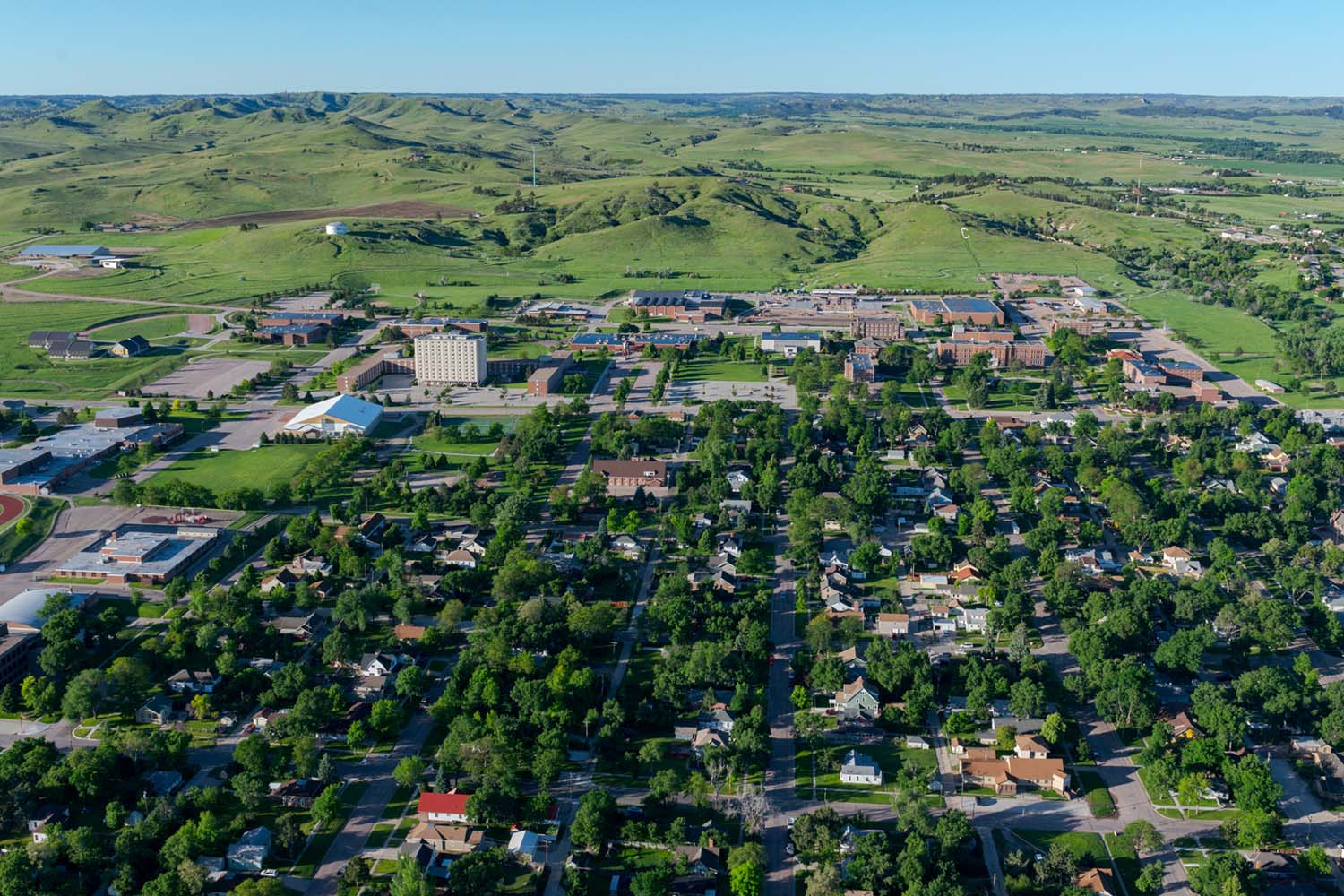High-Impact Practices (HIP)
Active learning practices that promote deep learning by demanding considerable time and effort, promoting learning outside of the classroom, requiring meaningful interactions between faculty and students, encouraging collaboration with diverse groups, and providing frequent and substantive feedback. High-Impact Practices help students gain deeper knowledge in their fields while becoming engaged with the context in which they learn.
Pedagogy
Theories and practices associated with teaching and learning in educational settings, which encompass face-to-face to e-learning modes of connection to cultivate engagement and learning.
Third Places
Places where people spend time other than their home (first place) and work place (second place). In college settings, a third place will be those places where students spend time beyond their residences and classrooms.
Learning-Centered Environment
Methods of teaching that shift the focus to the student, where the faculty members become facilitators who engage students in learning and focus on skills and practices that enable lifelong learning and independent problem solving.
Community of Learners
Congregations of students, educators, and members of the community who are actively and intentionally engaged in constructing and sharing knowledge together, creating a learning-centered environment in which all participants are connected, cooperative, and supportive of one another.
Frontier and Remote (FAR)
Sparsely populated areas that are geographically separated from population centers and services. Chadron State College is located more than 60 miles from a city with more than 10,000 people.
Rural Servicing Institution (RSI)
Rural relates to Chadron State College’s service region and beyond since the college is located within an area that is primarily ranch and farmland. Rural embodies themes that are important to Chadron State College, including collaboration and developing a shared community that has the potential to make life better, as well as looking for ways to improve offerings and services with fewer resources. Chadron State College recognizes that rural is a concept unique to each student, employee, and anyone else who lives in our region.




